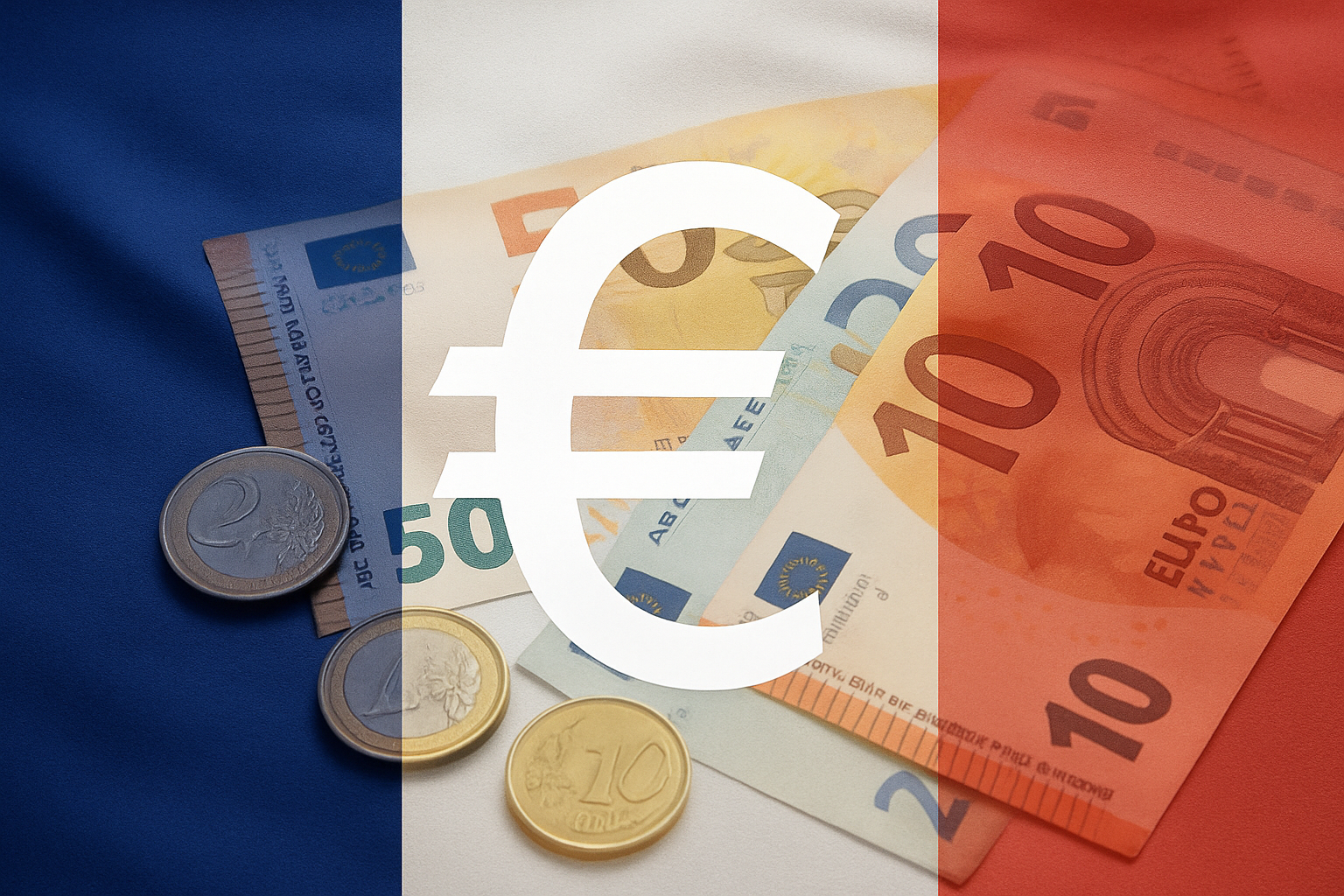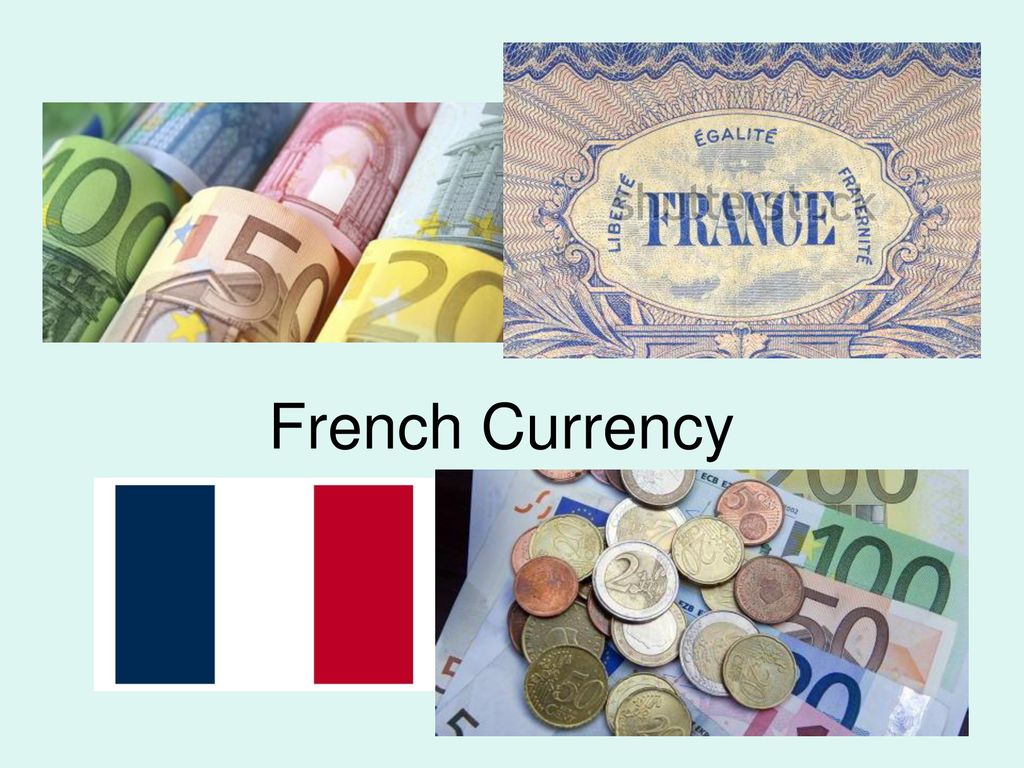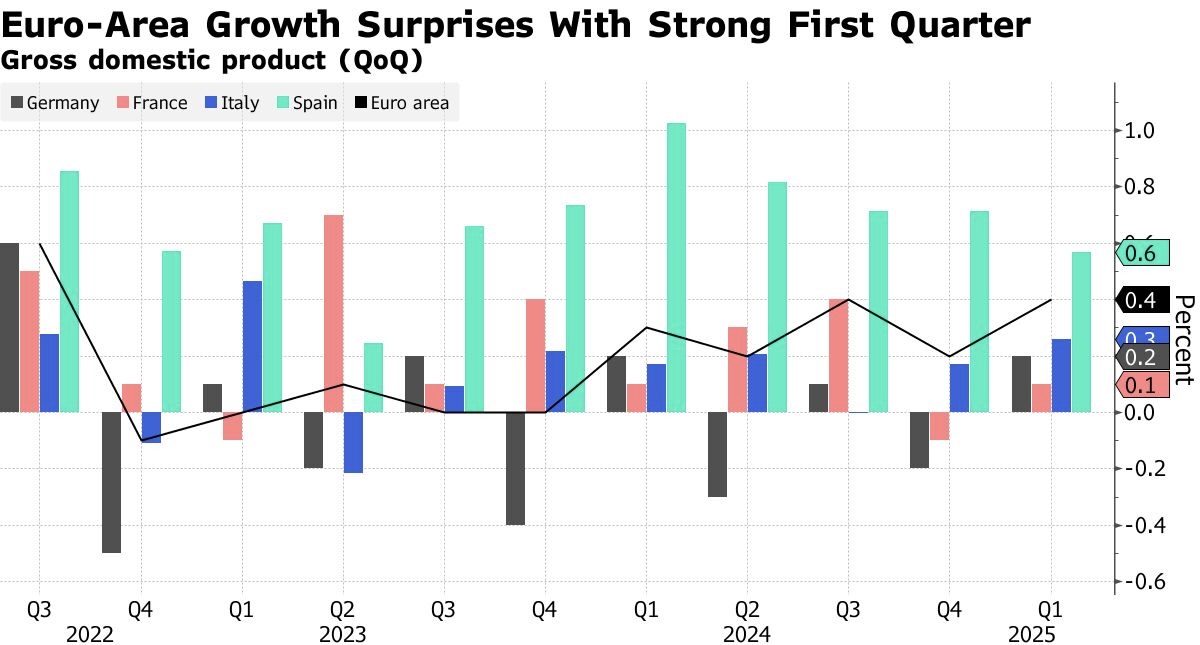As of 2025, the official currency of France is the euro (EUR, €). The euro replaced the French franc (FRF) and is now the sole legal tender across mainland France and most of its territories. From café payments in Paris to cross-border trade with European partners, the euro powers every layer of France’s modern economy.
France stands as one of Europe’s economic powerhouses, deeply integrated into the global financial system. For traders and investors, understanding what currency France uses isn’t just a travel curiosity, it’s a key detail for analyzing eurozone trends, currency exposure, and cross-border market opportunities.
The Official Currency Of France
What currency does France use today? The answer is simple: the euro (EUR, €). But behind that simplicity lies centuries of history, policy changes, and financial evolution that shaped how France spends, trades, and invests today.
 From Francs to Euros: A Brief History
From Francs to Euros: A Brief History
Before the euro, France used the French franc (FRF), a currency dating back to the 14th century. It became the national standard during the French Revolution and served the country for over 200 years.
By the late 20th century, as European economies grew increasingly interlinked, France joined efforts to create a unified monetary system. In 1999, the euro was introduced for electronic transactions, and by 2002, euro banknotes and coins officially entered circulation. The transition was smooth and marked the end of the franc era.
Even though the franc is no longer in use, some older citizens and collectors still recall prices in francs. Occasionally, you might hear people refer to “centimes” – a term once used for fractional franc coins but now colloquially used for euro cents.

The euro is now used across 20 of the 27 European Union (EU) countries, forming what is known as the Eurozone. France is one of the key founding members of this monetary union, and today the euro is the sole legal tender for all forms of payment in France.
France Currency In Daily Use
Everyday transactions in France are entirely euro-based.
| Transaction Type |
Accepted Currency |
| Retail Stores & Restaurants |
Euro (€) only |
| Hotels & Airports |
Euro (€), rarely USD/GBP |
| Online Payments |
Euro (€) |
| ATMs & Banking |
Euro (€) |
| Street Vendors & Taxis |
Euro (€) only |
In short, the euro dominates all forms of payment, from groceries to digital platforms.
While a few tourist-heavy spots may accept foreign cash like U.S. dollars or British pounds, this is rare and usually comes with an unfavorable exchange rate.
French Money: Notes, Coins, and Everyday Use
If you’re wondering how French money looks and feels in everyday life, here’s what you’ll encounter:
Banknotes: €5, €10, €20, €50, €100, €200, and €500 (though €500 is rarely seen)
Coins: 1, 2, 5, 10, 20, and 50 cents, plus €1 and €2
Each coin carries a shared European design on one side and a French national motif on the other, most famously Marianne, the female symbol of liberty and reason.
France is largely cashless today, with contactless cards and mobile payments being common. Still, cash remains handy in smaller towns and local markets.
Quick Reference Table
Fun Fact: In French, the word “euro” doesn’t change in the plural. You say “un euro” or “deux euros”, simple and elegant, just like the currency itself.
| Aspect |
Details |
| Official Currency |
Euro (EUR, €) |
| Introduced |
1999 (digital), 2002 (cash) |
| Replaced |
French Franc (FRF) |
| Used In |
Metropolitan France + most territories |
| Common Denominations |
Notes: €5–€500 / Coins: 1¢–€2 |
How France Uses the Euro in Global Trade
The euro is more than a travel currency. It's a cornerstone of international commerce.
France conducts most of its exports and imports in euros, making it a powerful player in the global market. The currency’s stability simplifies business, reduces conversion risk, and strengthens confidence among trading partners.
In some global trades, particularly commodities like oil or gold, prices are quoted in U.S. dollars. But within France and across Europe, the euro remains dominant, reflecting its importance in both domestic and international finance.
France’s Overseas Territories: Same Currency or Different?
An interesting nuance of France’s monetary system is found in its overseas territories.
Most use the euro, including:
Guadeloupe
Martinique
Réunion
French Guiana
Mayotte
However, a few territories, such as New Caledonia and French Polynesia, use the CFP franc (XPF), a currency linked to the euro’s value. This arrangement allows for stability while preserving local economic systems.
So, while the currency of France is the euro, the broader French world operates through closely connected currencies.
Analyzing Eurozone Trends
France is one of the largest economies in the currency zone using the euro, so its economic data often acts as a barometer for the broader region. Key indicators like French inflation rates, GDP growth, industrial output, and the trade balance tend to echo across adjacent economies.

When strong growth, low inflation, and solid exports emerge from France, they help boost confidence in the euro. Conversely, weak data can drag on investor sentiment and prompt scrutiny of monetary and fiscal conditions.
By keeping a close eye on France’s performance, analysts can sometimes anticipate wider currency zone shifts before they fully materialize.
Euro vs French Franc: Value Over Time
When France transitioned from the franc to the euro, the exchange rate was set at 1 euro = 6.55957 French francs. This fixed conversion rate remains the official benchmark for historical currency comparisons. In other words, 10 francs became roughly €1.52, and 100 francs equaled about €15.24.
The shift to the euro marked one of the most significant economic transitions in modern French history. While the change simplified trade and travel within Europe, it also stirred mixed feelings at home. Some citizens felt that everyday prices rose after the switch, even though official inflation remained moderate.
Over time, however, the euro brought greater price stability, lower transaction costs, and stronger access to international markets.
The Future of France’s Currency
As digital technology reshapes how people pay, France continues to modernize its financial systems. Contactless payments, digital wallets, and online transfers have become the norm, and the concept of a digital euro is being studied to make transactions faster and more secure.
Despite occasional debates about inflation or economic challenges, France’s commitment to the euro remains strong.
It’s viewed as a symbol of confidence and unity, and a foundation for continued growth.
Frequently Asked Questions (FAQ)
1. Does France still use the franc?
No. France no longer uses the French franc. The franc was officially replaced by the euro in 2002. While older generations may still reference francs, only the euro (EUR, €) is accepted as legal tender today.
2. Can I use U.S. dollars in France?
Not typically. Everyday purchases in France must be made in euros. Some major airports, luxury hotels, or tourist spots might accept U.S. dollars, but the exchange rates are usually poor. It’s best to exchange currency beforehand.
3. What currency do French overseas territories use?
Most French territories, such as Guadeloupe, Réunion, and Martinique, use the euro. Others, like New Caledonia and French Polynesia, use the CFP franc (XPF), which is pegged to the euro for stability and consistent value.
4. Is France moving towards a digital euro?
Yes. France is among the pilot countries exploring the digital euro, a secure electronic version of the currency. It’s designed to complement cash and enhance convenience for both domestic and international transactions in the coming years.
Summary: What Currency Does France Use in 2025?
If you’re still asking, “what is the currency of France?” The answer is clear. It’s the euro (EUR, €).
From travel expenses and online shopping to global exports, euros define every part of financial life in France. The currency has proven durable, trusted, and adaptable, reflecting both France’s history and deep integration into the European Union.
In short: when you’re in France, think of the euro, always.
Disclaimer: This material is for general information purposes only and is not intended as (and should not be considered to be) financial, investment or other advice on which reliance should be placed. No opinion given in the material constitutes a recommendation by EBC or the author that any particular investment, security, transaction or investment strategy is suitable for any specific person.



 From Francs to Euros: A Brief History
From Francs to Euros: A Brief History




















